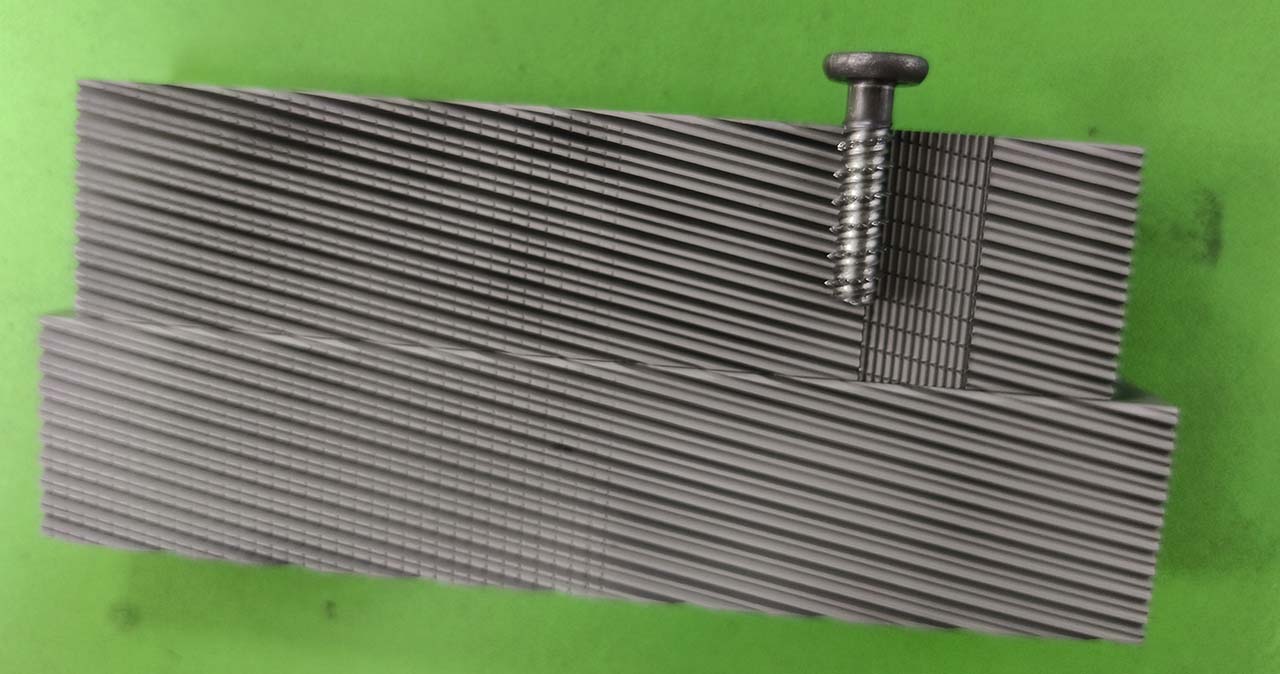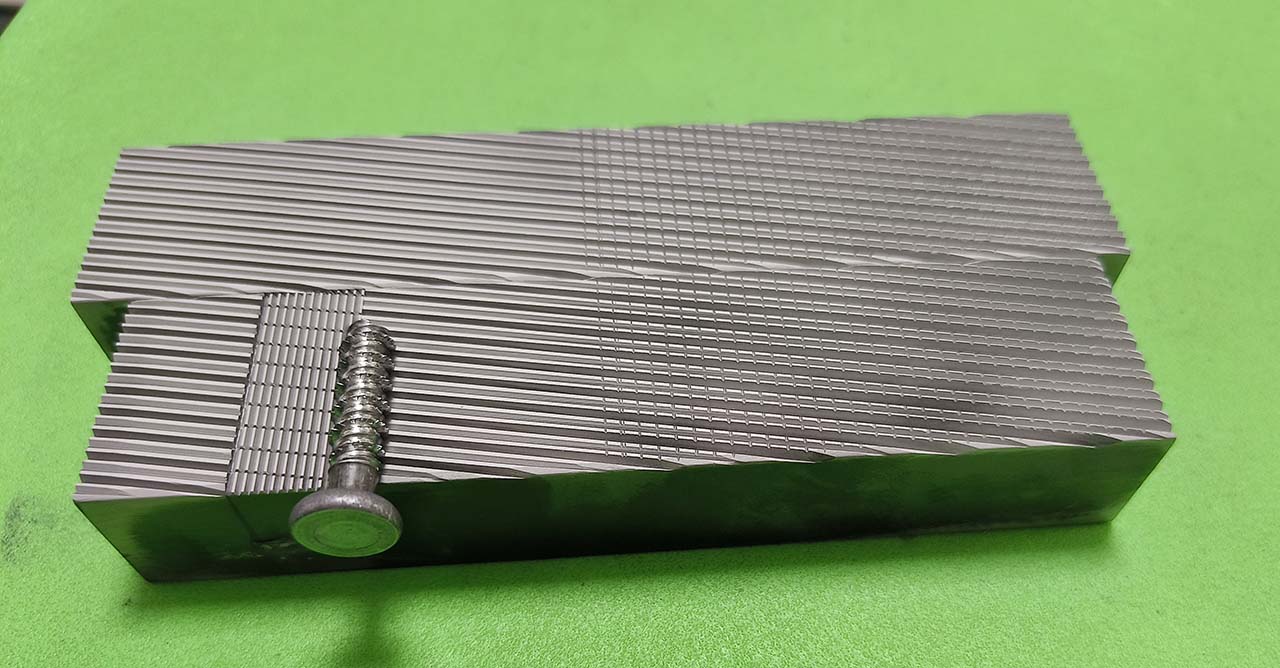Thread rolling dies are important tools used in the process of machining threads on workpieces. Thread rolling is an efficient and precise technology widely used in the manufacturing industry. In this article we will look at thread rolling dies and thread rolling methods.
Thread rolling die are special tools used to form external threads on cylindrical workpieces. The mold is designed with a series of thread-shaped ridges that are pressed into the workpiece to create the desired thread pattern. This process is called thread rolling, and it offers several advantages over traditional threading methods such as cutting or grinding.
The thread rolling method involves using a thread rolling die to press against the workpiece at high pressure. As the mold rotates, thread-shaped ridges on the mold penetrate the surface of the workpiece, displacing material to form threads. The method is highly efficient and produces threads with excellent surface finish and dimensional accuracy.
One of the main advantages of the rolled threading method is the ability to machine threads without removing any material from the workpiece. Unlike cutting or grinding, which involves removing material to form threads, thread rolling displaces material to form threads. Because the material’s grain structure is not destroyed, stronger, more durable threads are produced.
Additionally, the thread rolling method produces threads at a much faster rate than traditional methods. This makes it ideal for high-volume production environments where speed and efficiency are critical. The process also produces less waste, making it a more sustainable and cost-effective option for manufacturers.
Thread rolling dies are available in a variety of designs and sizes to accommodate different thread specifications. Dies are typically made from high-quality tool steel and are precision engineered to ensure consistent and accurate thread formation. Some thread rolling dies are designed for specific thread types (such as metric or imperial threads), while other thread rolling dies are adjustable to accommodate a variety of thread sizes.
In addition to external threads, thread rolling can also be used to create internal threads on workpieces. This is accomplished through the use of specialized internal thread rolling dies designed to form threads on the inner diameter of cylindrical workpieces. The internal thread rolling method offers the same efficiency, precision and strength advantages as the external thread process.
In summary, thread rolling dies and thread rolling methods are essential components of the manufacturing process. By utilizing the rolling method, manufacturers can produce high-quality threads with superior strength, dimensional accuracy and surface finish. As demand for precision engineered components continues to grow, the thread rolling method is expected to remain a key technology in the manufacturing industry.
Post time: Aug-15-2024





